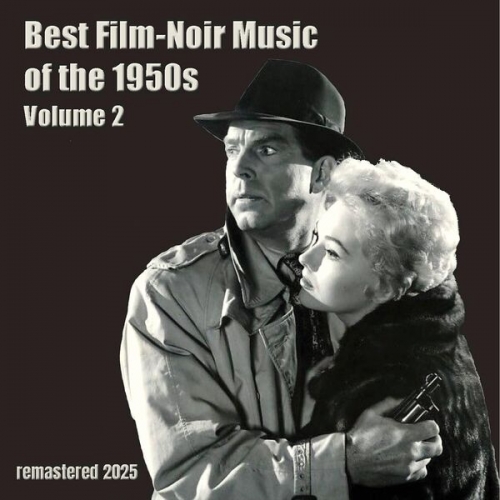Dan Blake - The Bite (2016) [Hi-Res]
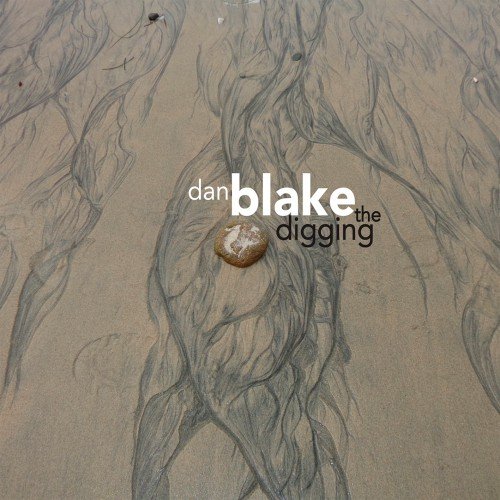
Artist: Dan Blake
Title: The Bite
Year Of Release: 2016
Label: Sunnyside Communications
Genre: Jazz
Quality: FLAC (tracks) [44.1kHz/24bit]
Total Time: 49:12 min
Total Size: 552 MB
WebSite: Album Preview
Tracklist:Title: The Bite
Year Of Release: 2016
Label: Sunnyside Communications
Genre: Jazz
Quality: FLAC (tracks) [44.1kHz/24bit]
Total Time: 49:12 min
Total Size: 552 MB
WebSite: Album Preview
1. The Bite (8:04)
2. Incomparable Field (5:05)
3. Louvre (7:57)
4. Back To Lackritz (8:25)
5. When I Saw You Dance (7:23)
6. Without Walls (6:02)
7. The Lonely Liar (6:16)
Personnel:
Dan Blake: soprano saxophone, tenor saxophone;
Dmitry Ishenko: bass;
Eric Harland: drums;
Brian Landrus: alto flute (track 2), bass saxophone (track 6);
Josh Sinton: bass clarinet (track 2), baritone saxophone (track 6);
Sam Sadigursky: clarinet (track 2), bass clarinet (track 6);
Mariano Gil: bass flute (track 2, 6).
Saxophonist Dan Blake is one of those musicians who are always on a quest to expand their musical horizons, to assimilate into his music any and all of his life experiences, musical or not. As both a player and a composer, Blake demonstrates an intensity coupled with a very fertile and searching mind. Aside from his latest album, Blake recently composed "The Dust Moves" for the The Mivos Quartet, which performed, with Blake, at the 2016 Winter Jazzfest. This stunning music, which lives at the intersection of the composed and the improvised, can be heard here.
The Digging finds Blake leading a saxophone trio, with bassist Dmitry Ishenko and drummer Eric Harland (along with Brian Landrus, Josh Sinton, Sam Sadigursky and Mariano Gil who add reeds and flutes on two of the tracks). The first immediate and obvious impression is that the "crutch" of a harmony instrument is not present, and thus any harmony is created by the lines of the sax and the bass. While the texture is thin, the sound most definitely is not and there is much "to dig" into over the course of the album.
The trio itself is very tight; Blake has played with Ishenko for almost fifteen years, and they were both students of soprano saxophonist Steve Lacy. The music is not, however, what would strictly be called "free jazz," although there is a lot of harmonic and rhythmic flexibility. Listening carefully to the tracks produces a feeling of the familiar being extended.
The first track, "The Bite," opens with solo soprano sax playing overblown harmonics, but quickly drops into a nice groove over which a rhythmically quirky tune is played. The harmonic structure is clear, so the extended improvisations feel quite grounded. On the meditative "Incomparable Field," Blake adds the four reeds, making the sound intriguingly rich, to a tune that could get airplay, since again harmony, melody and rhythm can easily be followed.
"The Louvre" keeps moving in and out of a steady groove while Blake presents the melody and improvises on it without ever losing touch; the interplay between the trio is extremely fascinating to follow. The longest track, "Back To Lackritz," is dedicated to Lacy (born Lackritz), and features a melodic fragment which sounds related to the one in "The Bite," and is a tour de force for the trio as a group as well as individually. While sounding closest to being "free" in the flurry of notes from Blake, the underlying structure is always apparent, making the densest sections easy to listen to.
The last three tracks further demonstrate the wide range of Blake's musicianship. After bass solo introduction, the melody of "When I Saw You Dance" is sung by Blake's soprano sax. Dedicated to his then unborn daughter, this heart rendering piece was inspired by her movements during an ultrasound. The title of "Without Walls" references the Heart Sutra chanted in Zen Buddhism, and the trio, plus the extra winds produce sounds which shimmer and float through space—very intense and inspiring. The album closes with a swinging "The Lonely Liar," a direct and clear example of extending the tradition.
The Digging never settles down into any single style or mode, and the fact Blake's compositions allow freedom while staying in touch with the traditional familiar should allow many listeners to comfortably stretch.
Very fine music making indeed. -- Budd Kopman
The Digging finds Blake leading a saxophone trio, with bassist Dmitry Ishenko and drummer Eric Harland (along with Brian Landrus, Josh Sinton, Sam Sadigursky and Mariano Gil who add reeds and flutes on two of the tracks). The first immediate and obvious impression is that the "crutch" of a harmony instrument is not present, and thus any harmony is created by the lines of the sax and the bass. While the texture is thin, the sound most definitely is not and there is much "to dig" into over the course of the album.
The trio itself is very tight; Blake has played with Ishenko for almost fifteen years, and they were both students of soprano saxophonist Steve Lacy. The music is not, however, what would strictly be called "free jazz," although there is a lot of harmonic and rhythmic flexibility. Listening carefully to the tracks produces a feeling of the familiar being extended.
The first track, "The Bite," opens with solo soprano sax playing overblown harmonics, but quickly drops into a nice groove over which a rhythmically quirky tune is played. The harmonic structure is clear, so the extended improvisations feel quite grounded. On the meditative "Incomparable Field," Blake adds the four reeds, making the sound intriguingly rich, to a tune that could get airplay, since again harmony, melody and rhythm can easily be followed.
"The Louvre" keeps moving in and out of a steady groove while Blake presents the melody and improvises on it without ever losing touch; the interplay between the trio is extremely fascinating to follow. The longest track, "Back To Lackritz," is dedicated to Lacy (born Lackritz), and features a melodic fragment which sounds related to the one in "The Bite," and is a tour de force for the trio as a group as well as individually. While sounding closest to being "free" in the flurry of notes from Blake, the underlying structure is always apparent, making the densest sections easy to listen to.
The last three tracks further demonstrate the wide range of Blake's musicianship. After bass solo introduction, the melody of "When I Saw You Dance" is sung by Blake's soprano sax. Dedicated to his then unborn daughter, this heart rendering piece was inspired by her movements during an ultrasound. The title of "Without Walls" references the Heart Sutra chanted in Zen Buddhism, and the trio, plus the extra winds produce sounds which shimmer and float through space—very intense and inspiring. The album closes with a swinging "The Lonely Liar," a direct and clear example of extending the tradition.
The Digging never settles down into any single style or mode, and the fact Blake's compositions allow freedom while staying in touch with the traditional familiar should allow many listeners to comfortably stretch.
Very fine music making indeed. -- Budd Kopman
![PEAKS, Florian Marques - Invitation(s) (2025) [Hi-Res] PEAKS, Florian Marques - Invitation(s) (2025) [Hi-Res]](https://www.dibpic.com/uploads/posts/2026-01/1767415608_cover.jpg)
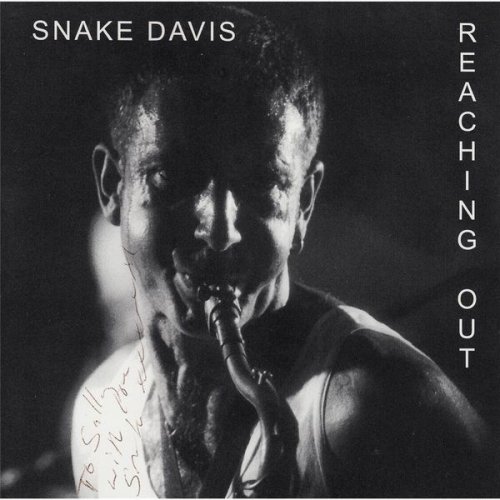
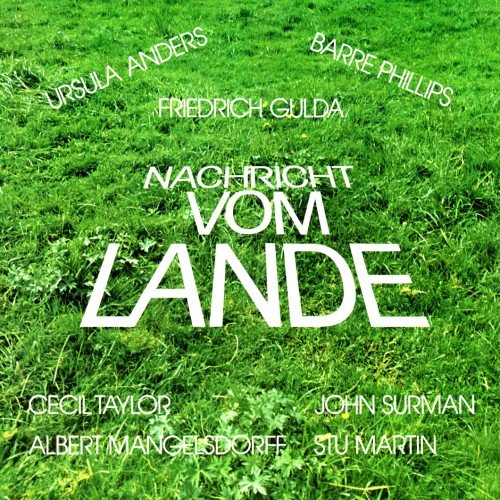
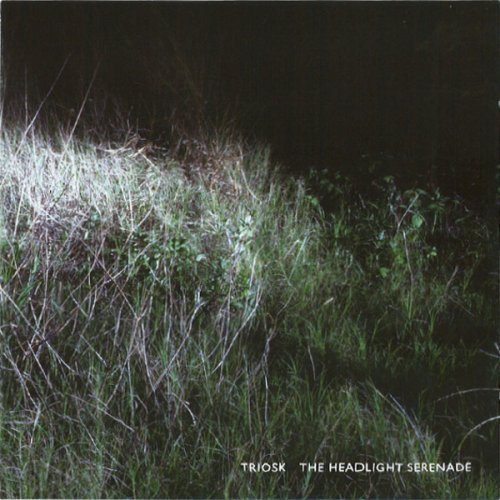
![Nathanial Young - Live Under The 7 (Live) (2026) [Hi-Res] Nathanial Young - Live Under The 7 (Live) (2026) [Hi-Res]](https://www.dibpic.com/uploads/posts/2026-01/1767514877_cover.jpg)
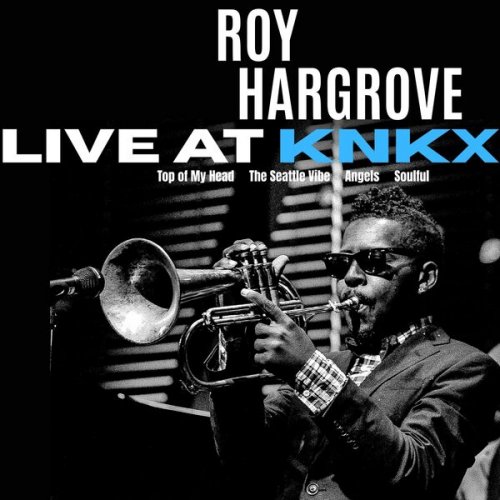
![Patrick Gibin - Let It Go / Joint Purpose / In This Together (The Joaquin Joe Claussell Remixes) (2025) [Hi-Res] Patrick Gibin - Let It Go / Joint Purpose / In This Together (The Joaquin Joe Claussell Remixes) (2025) [Hi-Res]](https://www.dibpic.com/uploads/posts/2026-01/1767515269_a0142682780_10.jpg)
